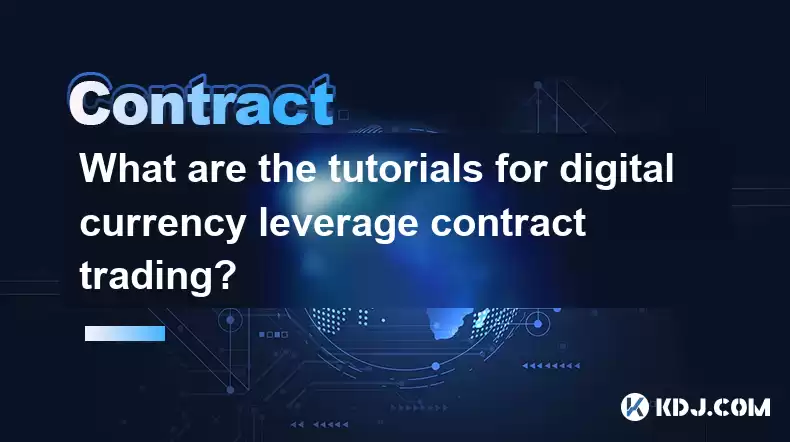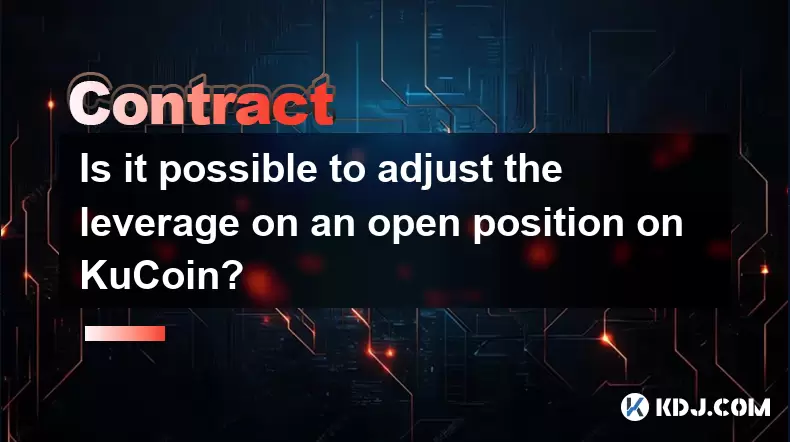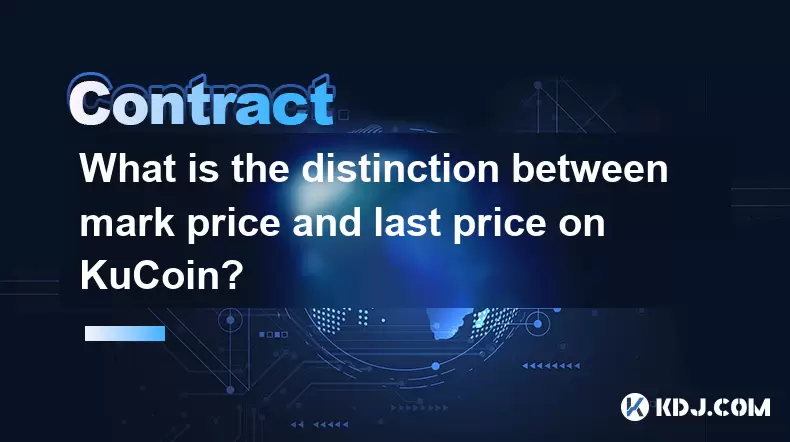-
 Bitcoin
Bitcoin $119100
-2.16% -
 Ethereum
Ethereum $4300
-0.31% -
 XRP
XRP $3.171
-2.99% -
 Tether USDt
Tether USDt $1.000
-0.01% -
 BNB
BNB $814.1
-1.33% -
 Solana
Solana $176.5
-4.67% -
 USDC
USDC $0.0000
0.00% -
 Dogecoin
Dogecoin $0.2267
-5.83% -
 TRON
TRON $0.3465
2.15% -
 Cardano
Cardano $0.7870
-4.98% -
 Chainlink
Chainlink $21.66
-2.27% -
 Hyperliquid
Hyperliquid $43.89
-4.62% -
 Stellar
Stellar $0.4414
-3.35% -
 Sui
Sui $3.707
-6.73% -
 Bitcoin Cash
Bitcoin Cash $599.1
3.73% -
 Hedera
Hedera $0.2504
-6.96% -
 Ethena USDe
Ethena USDe $1.001
-0.01% -
 Avalanche
Avalanche $23.21
-4.99% -
 Litecoin
Litecoin $121.1
-3.55% -
 Toncoin
Toncoin $3.415
0.45% -
 UNUS SED LEO
UNUS SED LEO $9.002
-1.24% -
 Shiba Inu
Shiba Inu $0.00001314
-5.43% -
 Uniswap
Uniswap $11.45
1.63% -
 Polkadot
Polkadot $3.926
-5.37% -
 Cronos
Cronos $0.1694
1.63% -
 Ethena
Ethena $0.8117
-2.35% -
 Dai
Dai $1.000
0.00% -
 Bitget Token
Bitget Token $4.422
-1.43% -
 Monero
Monero $264.2
-0.83% -
 Pepe
Pepe $0.00001137
-8.29%
What are the tutorials for digital currency leverage contract trading?
The article provides a comprehensive guide for traders interested in starting with digital currency leverage contract trading, emphasizing the importance of risk management practices.
Dec 16, 2024 at 11:37 am

What are the Tutorials for Digital Currency Leverage Contract Trading?
Introduction
Digital currency leverage contract trading is a high-risk, high-reward trading strategy that involves using borrowed funds to amplify potential profits. While it can be a lucrative way to trade digital currencies, it is also important to understand the risks involved before getting started.
Step 1: Choose a Reputable Cryptocurrency Exchange
The first step to getting started with digital currency leverage contract trading is to choose a reputable cryptocurrency exchange. Not all exchanges offer leverage trading, so it is important to do your research and find one that does.
Some of the most popular cryptocurrency exchanges that offer leverage trading include:
- Binance
- Huobi
- OKEx
- BitMEX
- Bybit
When choosing a cryptocurrency exchange, it is important to consider factors such as:
- Reputation: Choose an exchange with a good reputation for security and reliability.
- Fees: Compare the fees charged by different exchanges to find one that offers competitive rates.
- Leverage: Make sure the exchange offers the level of leverage that you are comfortable with.
- Customer support: Choose an exchange with responsive customer support in case you have any questions or problems.
Step 2: Create an Account and Deposit Funds
Once you have chosen a cryptocurrency exchange, you will need to create an account and deposit funds. The process for creating an account and depositing funds will vary depending on the exchange you choose.
In general, you will need to provide the following information when creating an account:
- Your name
- Your email address
- Your password
- Your country of residence
Once you have created an account, you will need to deposit funds into your account before you can start trading. You can deposit funds using a variety of methods, including:
- Bank transfer
- Credit card
- Debit card
- Cryptocurrency
Step 3: Choose a Trading Pair
The next step is to choose a trading pair. A trading pair is simply two digital currencies that are traded against each other.
For example, the BTC/USDT trading pair represents the trading of Bitcoin (BTC) against Tether (USDT).
When choosing a trading pair, it is important to consider factors such as:
- Liquidity: Choose a trading pair with a high level of liquidity to ensure that you can easily buy and sell your coins.
- Volatility: Choose a trading pair with a high level of volatility if you are looking for potential profits.
- Spread: The spread is the difference between the bid price and the ask price. Choose a trading pair with a narrow spread to reduce your trading costs.
Step 4: Open a Position
Once you have chosen a trading pair, you can open a position. A position is simply a trade that you have placed.
To open a position, you will need to specify the following information:
- Order type: There are two main types of orders: market orders and limit orders. Market orders are executed immediately at the current market price. Limit orders are executed at a specified price.
- Order size: The order size is the amount of the base currency that you want to trade.
- Leverage: Leverage is the amount of borrowed funds that you want to use to amplify your potential profits.
Step 5: Manage Your Risk
Risk management is one of the most important aspects of digital currency leverage contract trading.
There are a number of different risk management strategies that you can use, including:
- Using stop-loss orders: Stop-loss orders are used to limit your losses in the event that the market moves against you.
- Using take-profit orders: Take-profit orders are used to lock in your profits in the event that the market moves in your favor.
- Hedging
Disclaimer:info@kdj.com
The information provided is not trading advice. kdj.com does not assume any responsibility for any investments made based on the information provided in this article. Cryptocurrencies are highly volatile and it is highly recommended that you invest with caution after thorough research!
If you believe that the content used on this website infringes your copyright, please contact us immediately (info@kdj.com) and we will delete it promptly.
- Dogecoin, Presale, Surge: Riding the Meme Coin Wave
- 2025-08-12 11:10:12
- Dogecoin, Tron, and the ROI Reality Check: What's a Crypto Investor to Do?
- 2025-08-12 11:15:12
- Ethereum Layer-2 Scaling Competition Heats Up as ETH Breaks $4K
- 2025-08-12 10:30:12
- China Regulation, Stablecoins, and BNB Presale: Navigating the Crypto Landscape
- 2025-08-12 11:30:12
- Meme Coins, Investment, and Token Burns: What's Hot in 2025?
- 2025-08-12 10:30:12
- BlockDAG, Chainlink, Hedera: The Cryptos Enterprises are Eyeing
- 2025-08-12 09:30:12
Related knowledge

Is it possible to adjust the leverage on an open position on KuCoin?
Aug 09,2025 at 08:21pm
Understanding Leverage in KuCoin Futures TradingLeverage in KuCoin Futures allows traders to amplify their exposure to price movements by borrowing fu...

What cryptocurrencies are supported as collateral on KuCoin Futures?
Aug 11,2025 at 04:21am
Overview of KuCoin Futures and Collateral MechanismKuCoin Futures is a derivatives trading platform that allows users to trade perpetual and delivery ...

What is the difference between realized and unrealized PNL on KuCoin?
Aug 09,2025 at 01:49am
Understanding Realized and Unrealized PNL on KuCoinWhen trading on KuCoin, especially in futures and perpetual contracts, understanding the distinctio...

How does KuCoin Futures compare against Binance Futures in terms of features?
Aug 09,2025 at 03:22am
Trading Interface and User ExperienceThe trading interface is a critical component when comparing KuCoin Futures and Binance Futures, as it directly i...

How do funding fees on KuCoin Futures affect my overall profit?
Aug 09,2025 at 08:22am
Understanding Funding Fees on KuCoin FuturesFunding fees on KuCoin Futures are periodic payments exchanged between long and short position holders to ...

What is the distinction between mark price and last price on KuCoin?
Aug 08,2025 at 01:58pm
Understanding the Basics of Price in Cryptocurrency TradingIn cryptocurrency exchanges like KuCoin, two key price indicators frequently appear on trad...

Is it possible to adjust the leverage on an open position on KuCoin?
Aug 09,2025 at 08:21pm
Understanding Leverage in KuCoin Futures TradingLeverage in KuCoin Futures allows traders to amplify their exposure to price movements by borrowing fu...

What cryptocurrencies are supported as collateral on KuCoin Futures?
Aug 11,2025 at 04:21am
Overview of KuCoin Futures and Collateral MechanismKuCoin Futures is a derivatives trading platform that allows users to trade perpetual and delivery ...

What is the difference between realized and unrealized PNL on KuCoin?
Aug 09,2025 at 01:49am
Understanding Realized and Unrealized PNL on KuCoinWhen trading on KuCoin, especially in futures and perpetual contracts, understanding the distinctio...

How does KuCoin Futures compare against Binance Futures in terms of features?
Aug 09,2025 at 03:22am
Trading Interface and User ExperienceThe trading interface is a critical component when comparing KuCoin Futures and Binance Futures, as it directly i...

How do funding fees on KuCoin Futures affect my overall profit?
Aug 09,2025 at 08:22am
Understanding Funding Fees on KuCoin FuturesFunding fees on KuCoin Futures are periodic payments exchanged between long and short position holders to ...

What is the distinction between mark price and last price on KuCoin?
Aug 08,2025 at 01:58pm
Understanding the Basics of Price in Cryptocurrency TradingIn cryptocurrency exchanges like KuCoin, two key price indicators frequently appear on trad...
See all articles

























































































